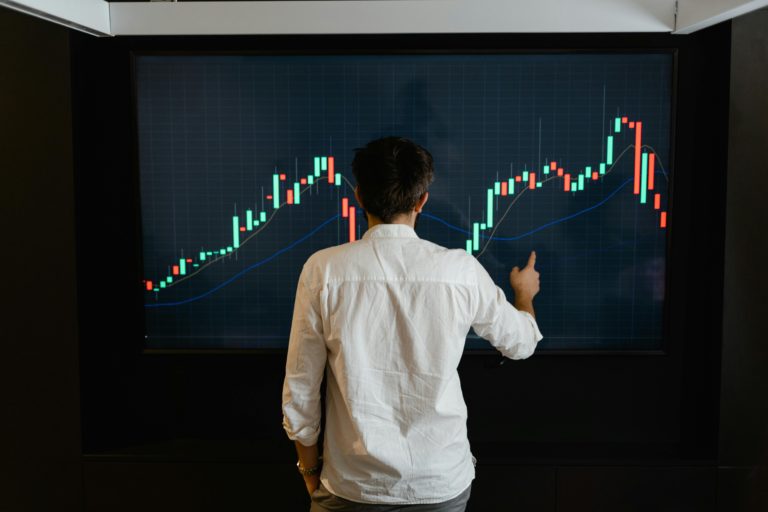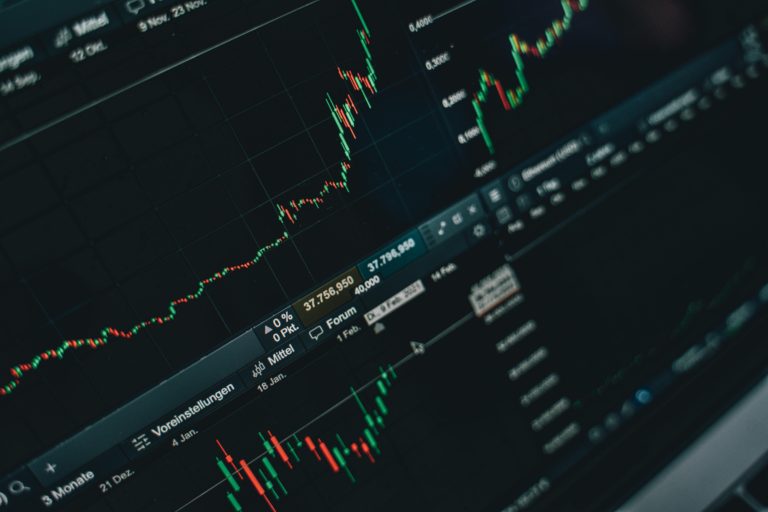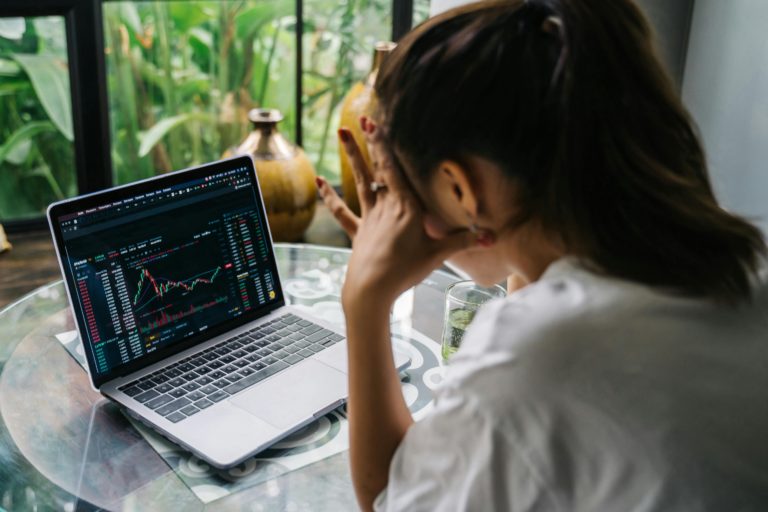
What Is a Drawdown?
Let’s keep it simple.
A drawdown is the drop from your portfolio’s highest point to a lower point—basically, when your trading account starts going backwards after a good run.
Maximum drawdown refers to the largest drawdown amount experienced during a specific period, serving as a key measure of downside risk and recovery time.
It happens to everyone. Every trading system. Every trader. No one escapes it.
In fact, did you know that your portfolio might actually spend up to 75% of its life in drawdown? Yeah, that’s normal. Making new equity highs is rare. Drawdowns are the in-between.
Why Maximum Drawdowns Are Normal in Trading

Let’s be real: trading isn’t a straight line up. It zigs, it zags… and sometimes it just nosedives for a bit. That’s not bad luck. It’s just how markets behave.
Even the sharpest trading systems have off days; sometimes weeks or even months. It’s not because they’re broken. It’s because no strategy can perfectly match every market condition, all the time.
Drawdowns? They’re baked into the game. Even little changes in market conditions and periods of increased volatility can lead to drawdowns, as risks shift and market volatility impacts performance.
Knowing this upfront makes it way easier to keep your cool when one hits.
Here’s why drawdowns are normal in trading:
- Markets aren’t predictable. They shift gears constantly: what worked last month might lag this month.
- No system works 100% of the time. Even the best strategies miss trades or catch trends too late.
- Drawdowns signal you’re still in the game. If you’re never in drawdown, you’re probably not trading enough or taking zero risk.
- Progress is uneven. Profits come in bursts, and valleys often come before the next peak.
- Systems need room to breathe. Short-term losses can be part of a long-term winning “edge.”
Want to know if you’re set up to handle the next drawdown like a pro?
Download your free Trader’s Self-Audit Checklist and get clear on your “edge”, your risk, and whether your current habits are helping or hurting your long-term gains.
Future Traders vs. Equity Traders
Not all traders react to drawdowns the same way. There’s a big difference between how futures traders and equity traders handle them.
Futures traders? They’ve been through it. They expect drawdowns. They don’t love them (who does?), but they’re not shocked when they show up either.
Equity traders? Often blindsided. Especially if they’re newer, or if they’ve ridden a long bull market and never had to sit through a slump.
Let’s break it down.
Why Futures Traders Handle Drawdowns Better
- They’re not in it forever. Futures traders don’t marry their positions. It’s short-term dating, not a long-term relationship. They go in, follow the trend, and get out.
- The trends move faster. Futures markets tend to trend in shorter bursts. So you get more opportunities, more cycles, and yes, more drawdowns. But they’re part of the rhythm.
- They use mechanical systems. A lot of futures traders rely on a strict, rules-based system, overriding haphazard and emotions “gut feelings.” If the system says buy, they buy. If it says sell, they sell. It’s rinse and repeat.
- They’ve built in the bad days. Experienced futures traders know that drawdowns come with the territory. They plan for it and don’t freak out when their equity curve dips.
And Equity Traders?
They’re a little different.
- Most are long-term thinkers. Equity traders often come from a buy-and-hold mindset. They expect uptrends to last for years… and sometimes they do. But that creates a false sense of security.
- They may not be prepared for whiplash. If you’ve only seen green candles for 12 months straight, even a mild correction feels like the apocalypse.
- Fewer use mechanical systems. Many stock traders go with “feel” or loose strategies. That works fine until it doesn’t. Without structure, it’s hard to know if a drawdown is normal… or a red flag.
- Expectations hurt more than reality. When things don’t go as expected, equity traders often take it personally. That emotional reaction can spiral fast to panic selling, second-guessing, and abandoning the system.
So yeah, futures traders have a bit of an “edge” here. Not because they’re smarter.
Just because they’ve seen it.
They’ve been burned, built better systems, and learned how to ride out the mess.
They know drawdowns are part of the deal, not a dealbreaker.
And equity traders? They can learn the same lessons; it just takes a bit more time, and maybe a few bumps along the way. And honestly, it’s during drawdowns that the real differences show up the 3 paradoxes that separate profitable traders from everyone else really start to kick in.
How to Handle Drawdowns: Investment Strategy

Drawdowns suck. But they’re not the end of the world, unless you start spiraling, changing your system mid-flight, or letting your emotions call the shots. The only way to get through them is to trust the work you did before the storm hit.
So, how do you ride it out without blowing up your strategy (or your brain)?
Here’s how:
1. Stick to the Plan
No tweaking. No cherry-picking trades. No, “maybe I’ll just wait this one out.” You’re using a system for a reason. If it’s been tested over time, then let it do its thing. Trusting the process means knowing the bad days are part of the overall win.
2. Zoom Out and Look Long-Term
Drawdowns feel massive when you’re staring at the daily chart. But pull back. Look at the last year, five years, ten years. See the bigger picture. Most successful systems have ugly patches that barely show up on a long-term graph. Perspective helps you stop making decisions based on haphazard feelings.
3. Manage Your Risk Ahead of Time
Here’s the truth: if a drawdown completely drains you emotionally or financially, then your risk was too high to begin with. Before you even enter a trade, your position sizing and stop-loss strategy should already factor in the fact that losses will come.
4. Detach From the Outcome
Sounds weird, right? But the more emotionally tied you are to every win or loss, the harder this game becomes. Your job isn’t to win every trade; it’s to execute your system with consistency. The results will play out over time. Don’t let short-term pain pull you away from long-term discipline.
Final Thoughts
Anyone can feel good when they’re making money. That’s easy.
But real trading success? It comes from how you handle the tough parts. The dips. The moments when you want to quit.
Because in the end, it’s not what happens that matters, it’s how you respond to it.
So take a breath. Stick to your plan. And trust the process. The drawdown will end.
